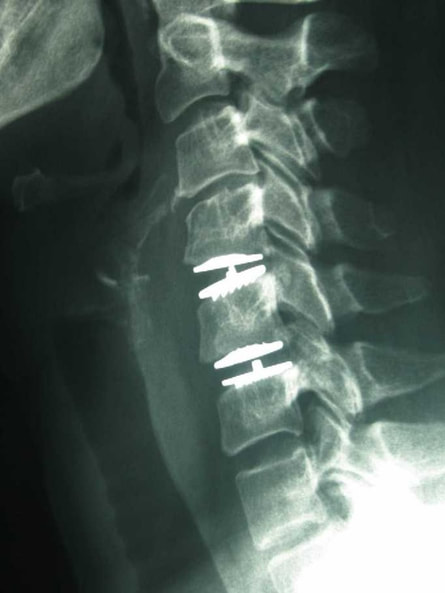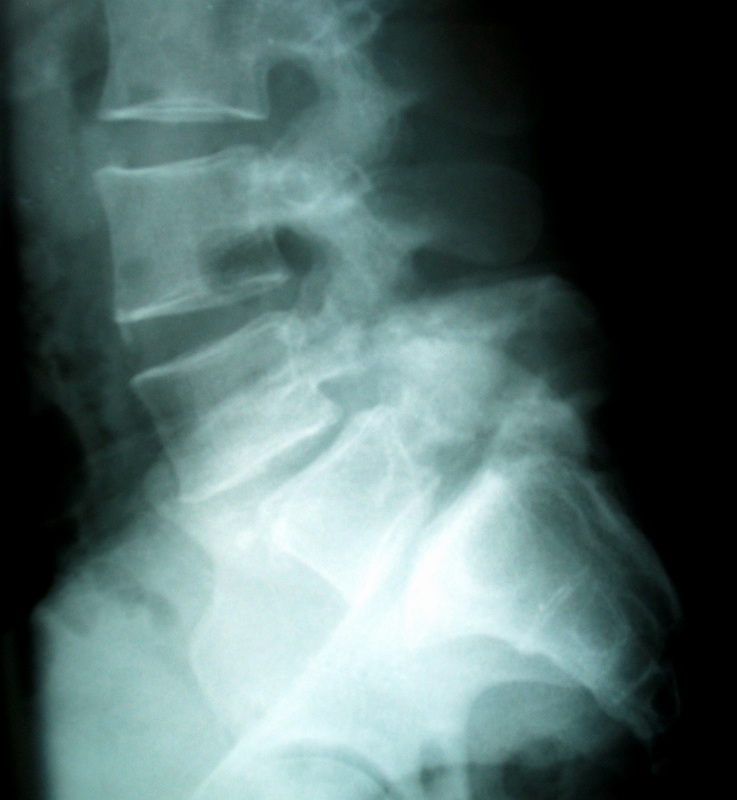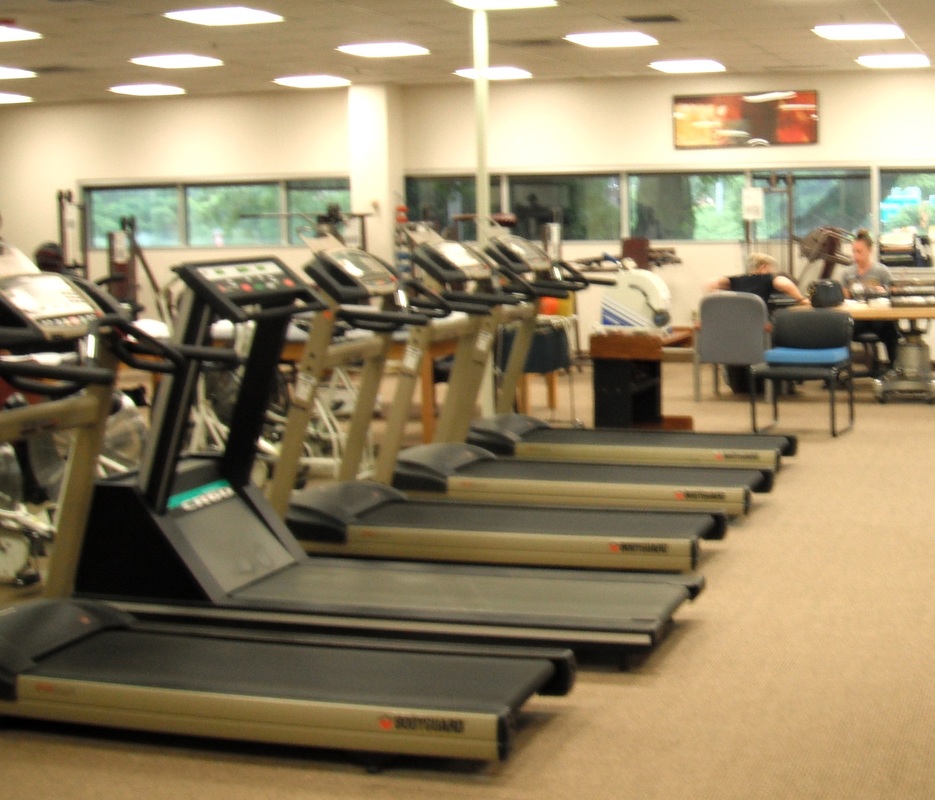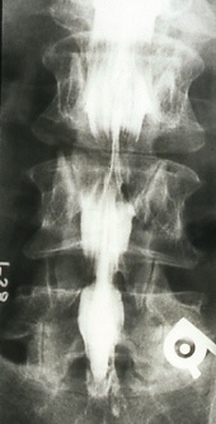Appointments: 800 670-0302 Office Email: [email protected]
Clinical Specialties and Surgical Procedures
Dr. McLain has treated patients from all over the world, who've come to Cleveland with the most complex and challenging spine problems imaginable. He also cares for the people who live right here in Cleveland and Northeast Ohio for the common but disabling problems that affect most of us on a daily basis. Dr. McLain is expert in the most state-of-the-art surgical procedures and approaches, using the most minimally invasive spine surgery techniques available.
Here are some of the spinal problems Dr. McLain treats:
Disc Replacement SurgeryWhere fusion was once the only surgical choice for single or two-level cervical disc disease, there is now a proven option that selected patients may find better: Total disc replacement.
Total Disc Arthroplasty, or TDA, allows the skilled surgeon to remove diseased or damaged disc material that may be putting pressure on the spinal cord or nerve, and replace it with a motion preserving implant that will allow the body to maintain flexibility. Preserving motion reduces stresses that fusion would otherwise shift to the spinal segments above and below, the biggest cause of adjacent- level degeneration down the road. Dr. McLain uses only FDA approved spinal implants, including the ProDisc Lumbar and Cervical Discs, the M6 TDA implants, and the LDR MobiC Cervical implants, and Nuvasive's new Simplify TDA. Dr. McLain has served as a surgeon educator and principle investigator for FDA trials for LDR and ProDisc. |
Lumbar Spinal SurgeryWhen lumbar disc degeneration or herniation causes severe and persistent pain, or when muscle weakness or spinal instability becomes apparent, there are a number of surgical options to consider.
Disc herniation is reliably treated with microsurgical, minimally invasive techniques, while spinal deformity and instability may require fusion, or more extensive reconstruction. Lumbar disc replacement can provide excellent functional improvement and pain relief in some patients. |
Sacroiliac Joint DiseaseBack pain is sometimes caused by arthritis of the Sacroiliac (SI) joint. SI pain can be intense and limit activities, but the diagnosis is often overlooked. If SI joint pain comes from inflamed, arthritic, or even fractured joints, surgery may be successful in improving function and bringing relief.
SI joint pain must be carefully diagnosed before surgery. If the Si joint can be proven to be the culprit, surgical fusion can dramatically reduce pain. SI joint fusion using new, minimally invasive techniques offers many patients a good chance for improvement and return to normal life, often on an outpatient basis. |
SpondylolisthesisWhen one vertebra begins to slide forward over another one, this results in an unstable condition called spondylolisthesis. About 5% of adult Americans have this disorder, but not all have symptoms.
Spondylolisthesis can cause severe low back pain, and compression of nerves can cause severe numbness and pain, or even progressive weakness and nerve injury. If the slip gets worse and becomes more unstable - the pain and weakness can become incapacitating. Treating this problem early can prevent serious problems later. |
Minimally Invasive Spine SurgeryWhen surgery is needed for nerve decompression, or single level fusion, minimally invasive techniques are available which reduce tissue trauma, blood loss, post-operative pain, and speed recovery.
Microsurgical approaches are possible for many cervical and lumbar conditions, and new implants and techniques are being developed all the time! Dr. McLain remains on the fore-front of the best surgical advances. MIS Techniques available include: - Microdiscectomy - Cervical Foraminotomy - Percutaneous Lumbar Fusion - Direct Lateral Interbody Fusion - Minimally Invasive Anterior Spine Fusion |
|
Back Pain: Sprains and StrainsSurgery is rarely needed for painful soft-tissue injuries, but physical therapy and proper pain management can help a lot. Evaluation by a spine surgeon can help guide you in the right direction, and reassure you that nothing more serious has been missed.
Physical therapy can be provided in the office or the gym, and is always a part of a successful back care program. Chiropractic care at Ohio Pain and Rehabilitation combines traditional P.T. with manipulative modalities that improve motion and relieve pain. When persistent spasm or nerve-related pain interferes with recovery, Injection Therapy provided by a Pain Management Specialist can greatly improve function and even provide a more specific diagnosis. |
Spinal StenosisFatigue and weakness in the legs and feet are not "signs of old age"!
Spinal stenosis - narrowing of the spinal canal by bone spurs, disc bulges, and shifts in spinal alignment - creeps up on many healthy adults as we age. Symptoms of stenosis come on slowly, making walking more difficult, sapping energy and strength, and causing pain and numbness through legs or arms, depending on where in the spine the stenosis occurs. Spinal stenosis can be very successfully treated! Removing the pressure on the nerves (laminectomy) provides dramatic relief of pain and results in a big improvement in exercise and walking capacity. Spinal decompression is often accomplished with a minimally invasive, out-patient surgical procedure. |
Failed-Back Surgery
Back surgery can fail for many reasons: Years pass and the spinal segments above or below a previously successful operation begin to break down; a well-conceived operation is undone when the bone fails to heal or infection sets in; a good-looking operation is carried out, flawlessly, but for the wrong problem or pain generator; or surgical technique and planning just never accomplished what the patient needed or the doctor intended. And sometimes, things just don't go right!
Fixing these problems is always more complex than the first time around, and clinical judgment is paramount to avoid making a bad situation worse. Experience is needed both in planning a revision surgery, and in recognizing when to say "No" to more operations. |
|







